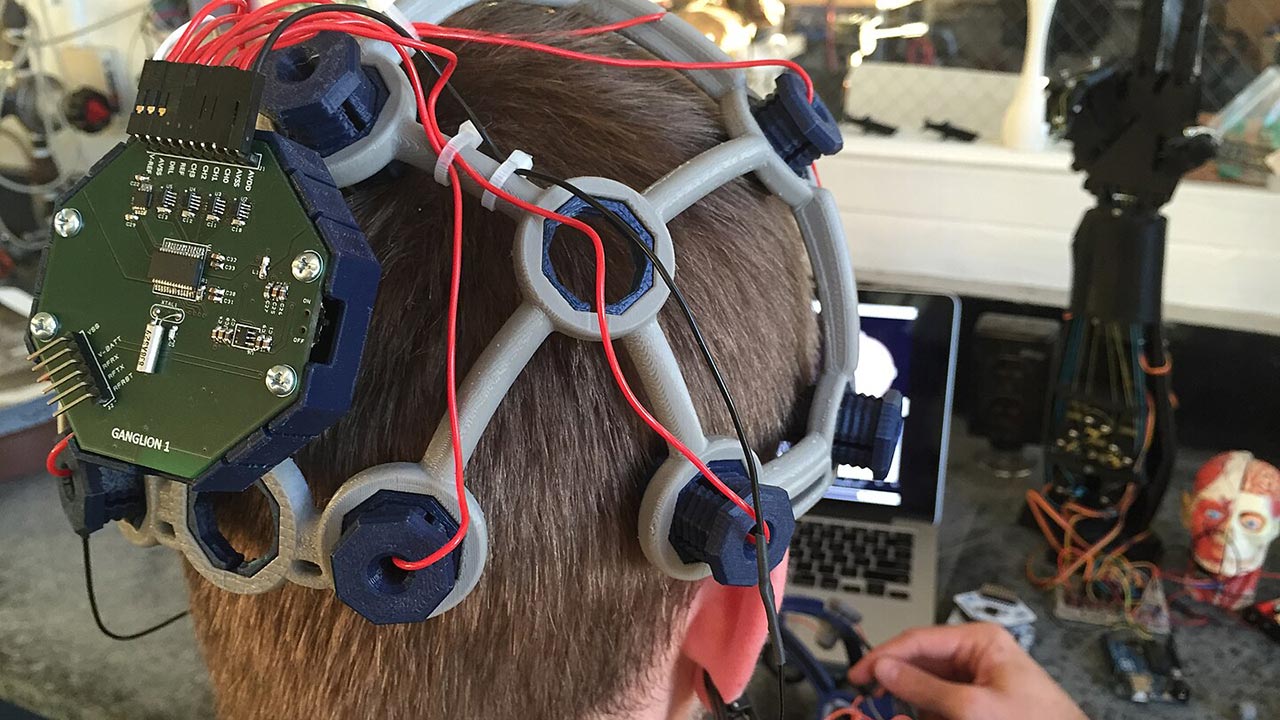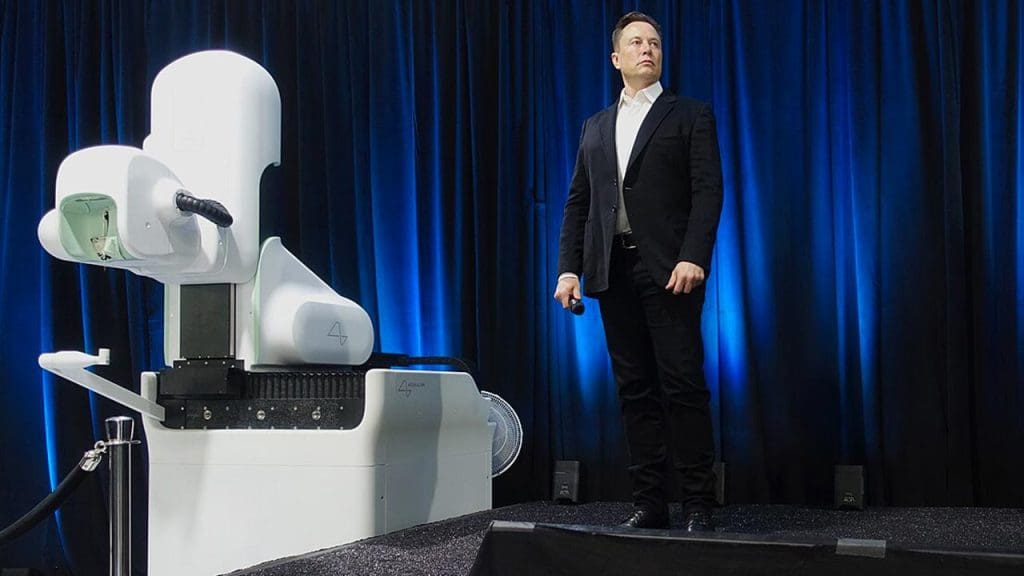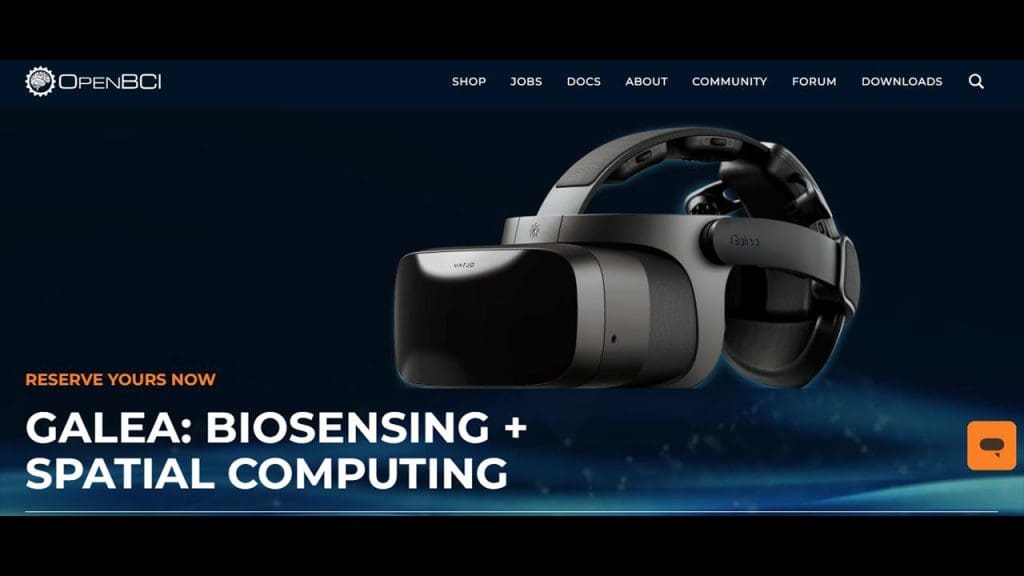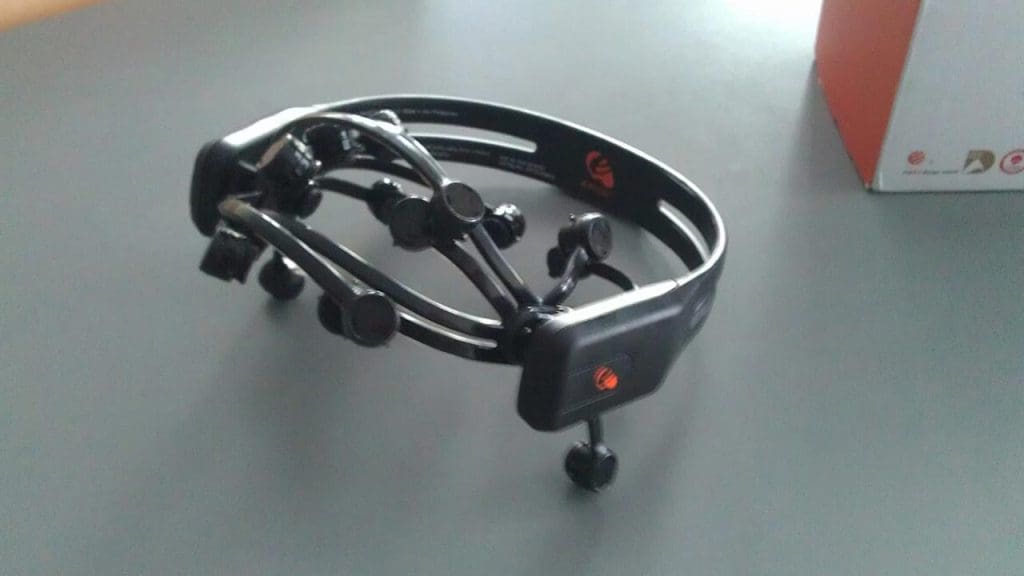
In recent years, technology has been inching closer to the realms of science fiction with innovations that seem almost magical. One of the most fascinating advancements is in the field of mind-reading devices. These groundbreaking technologies promise to revolutionize how we interact with machines and even with each other. Here are nine companies leading the charge in developing mind-reading devices.
1. Neuralink

Founded by Elon Musk, Neuralink is perhaps the most well-known company in the brain-computer interface (BCI) space. Their goal is to create a seamless connection between the human brain and computers. With potential applications ranging from treating brain disorders to enhancing cognitive abilities, Neuralink aims to make mind-reading a reality through a small, implantable chip. Their focus on high-bandwidth BCI could transform how we interact with technology.
2. Facebook Reality Labs

Facebook Reality Labs is another major player exploring mind-reading technology. They are currently working on a non-invasive wearable device that aims to decode neural signals to control digital interfaces. The team is focused on creating a system that can understand silent speech, which could lead to new forms of human-computer interaction. Their research is an integral part of Facebook’s larger vision to develop more immersive and interactive virtual reality experiences.
3. Kernel

Kernel is a company dedicated to unlocking the mysteries of the human brain. They are developing advanced neurotechnology that enables real-time monitoring and analysis of brain activity. Their non-invasive brain interface devices are designed to enhance cognitive abilities and provide insights into mental health conditions. Kernel’s technology has the potential to revolutionize fields ranging from healthcare to education by offering a deeper understanding of how the brain functions.
4. CTRL-Labs

CTRL-Labs, now part of Facebook, is working on creating neural interfaces that translate brain signals into digital commands. Their innovative approach focuses on reading the signals that travel through the muscles, making it possible to control devices without physical movement. This technology could lead to groundbreaking advancements in accessibility and productivity, enabling users to interact with computers through mere thought.
5. OpenBCI

OpenBCI is an open-source platform that provides accessible tools for neuroscience research and brain-computer interface development. They offer a range of hardware and software solutions that allow researchers and enthusiasts to experiment with brainwave monitoring and neural control. OpenBCI’s commitment to open-source innovation is fostering a community of developers and researchers working to push the boundaries of neurotechnology.
6. Emotiv

Emotiv is a pioneer in brain-computer interface technology, offering consumer-grade devices for tracking brain activity. Their products are used in a variety of applications, from enhancing cognitive performance to providing insights into mental health. Emotiv’s technology is designed to be both powerful and accessible, enabling users to gain a better understanding of their brain activity and overall mental well-being.
7. NextMind

NextMind is developing a non-invasive, wearable brain-sensing device that allows users to control digital interfaces using their thoughts. Their technology uses neural signals to provide hands-free interaction with devices, offering potential applications in gaming, virtual reality, and beyond. NextMind’s approach to mind-reading technology emphasizes ease of use and seamless integration with existing digital environments.
8. Neurable

Neurable is focused on creating intuitive brain-computer interfaces that enhance human capability. Their technology enables real-time brain activity monitoring, allowing users to interact with devices using only their thoughts. Neurable’s research has significant implications for accessibility, providing new ways for individuals to engage with technology and their surroundings without relying on traditional input methods.
9. Paradromics

Paradromics is at the forefront of developing high-data-rate brain-computer interfaces designed for medical applications. Their technology aims to restore communication and mobility for people with neurological conditions by creating direct communication pathways between the brain and external devices. Paradromics’ work has the potential to transform the lives of individuals with disabilities, offering new ways to connect and communicate.